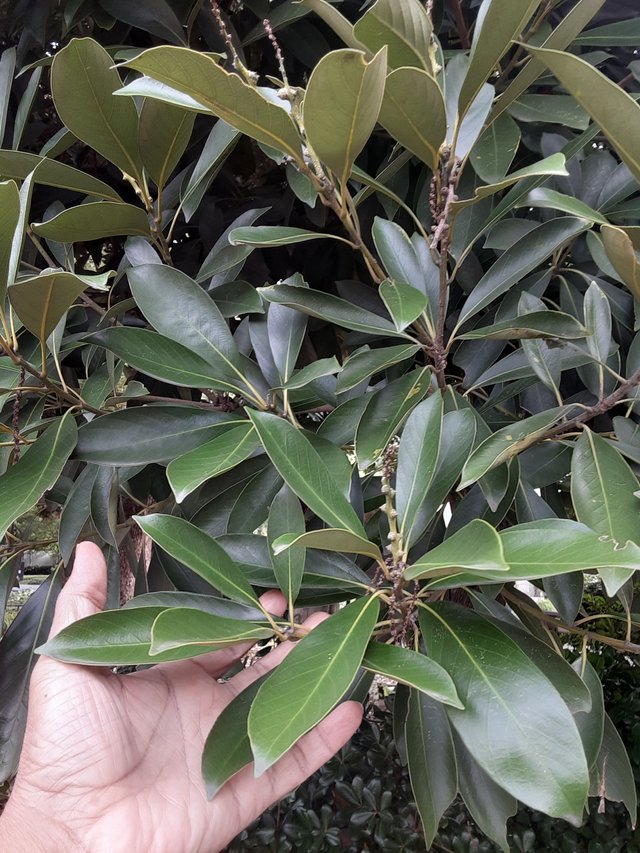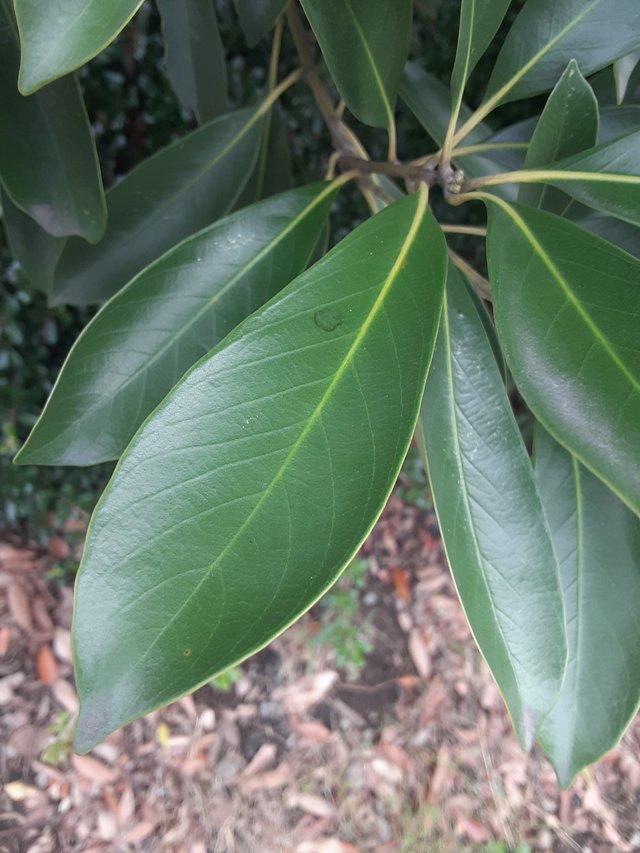
Lithocarpus edulis, commonly known as the Japanese stone oak, is a fascinating evergreen tree native to Japan. It is a member of the Fagaceae family, which also includes oaks and chestnuts. This species is prized for its ornamental value and edible nuts.
The tree typically grows to a height of 15 meters (49 feet), though it can sometimes reach greater heights. Its leaves are one of its most striking features. They are large, glossy, and leathery, with a distinctive oval shape. The upper surface of the leaves is a deep green color, while the underside is often lighter. The margins of the leaves are entire, meaning they have no teeth or lobes.
Lithocarpus edulis is a slow-growing tree, but it is highly durable and can tolerate a variety of growing conditions. It is often found in forests and woodlands, where it thrives in both full sun and partial shade. The tree is also relatively drought-tolerant, though it prefers moist, well-drained soil.

One of the most interesting aspects of Lithocarpus edulis is its edible nuts. These nuts, which are similar in appearance to acorns, have a slightly bitter taste when raw. However, they can be consumed after being soaked in water to remove the tannins. The nuts are a valuable source of food for wildlife, including squirrels, deer, and birds.
In addition to its ornamental and culinary value, Lithocarpus edulis is also an important ecological resource. It provides habitat for a variety of wildlife and helps to prevent soil erosion. The tree is a valuable addition to any landscape, and its unique characteristics make it a fascinating subject for study.
Ref.:
 |  |
Upvoted! Thank you for supporting witness @jswit.
Downvoting a post can decrease pending rewards and make it less visible. Common reasons:
Submit